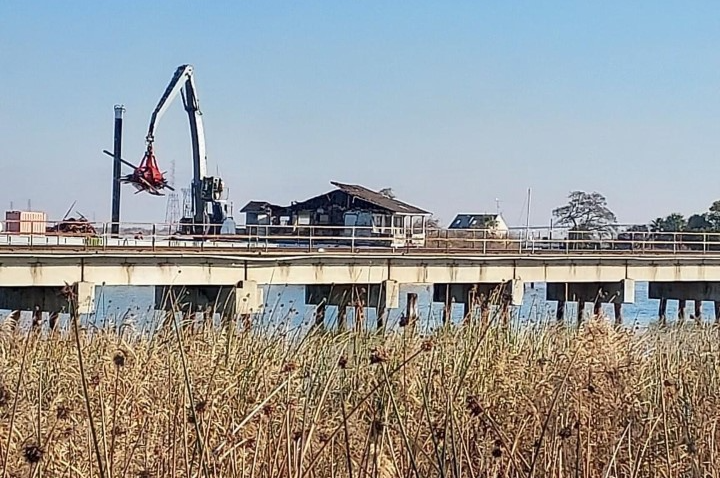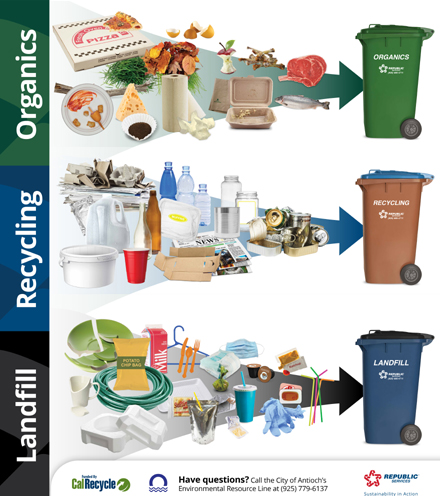Antioch Council approves $177 million 5-Year Capital Improvement Program
Saturday, June 29th, 2024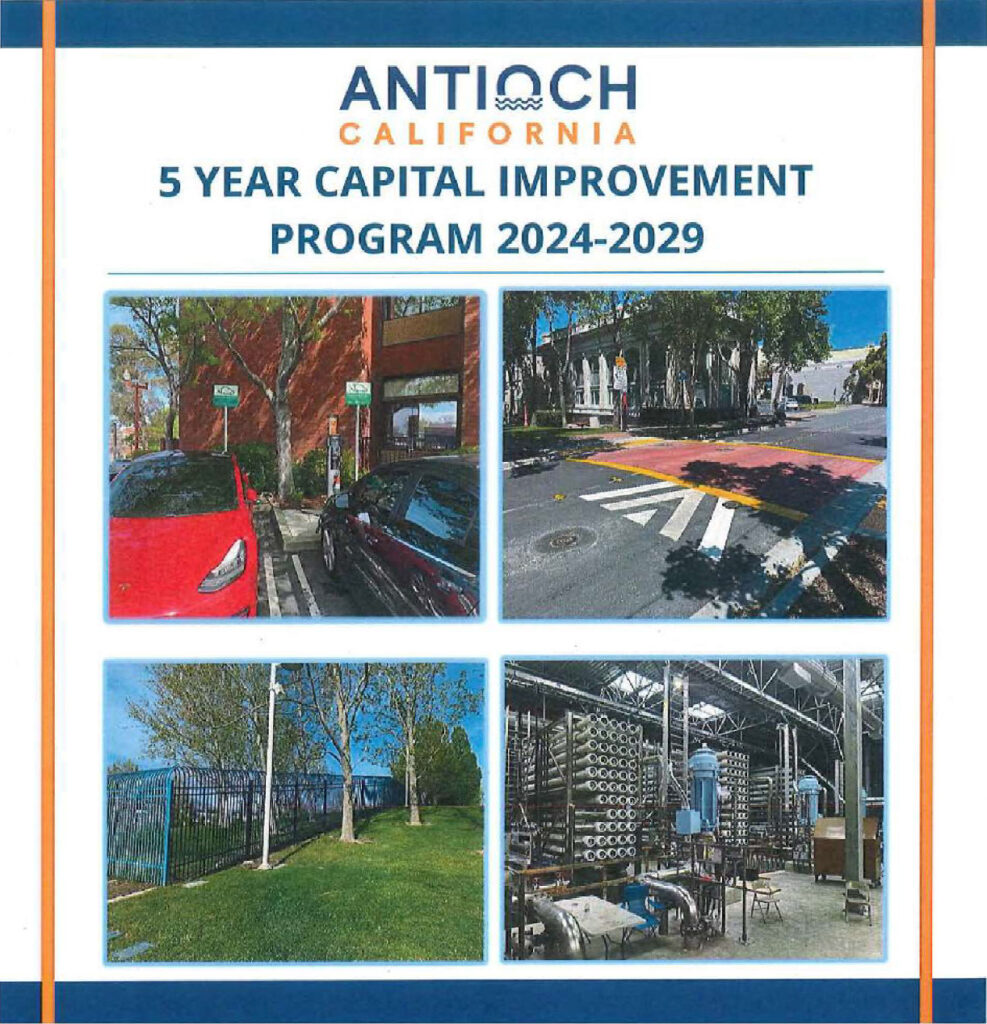
Will bring back for future votes: more street cameras, ordinance requiring native plant species for new developments, city owned property and resolution opposing Amtrak Station closure.
Ogorchock, Hernandez-Thorpe agree City needs to maintain historic murals
By Allen D. Payton
During their meeting last Tuesday night, June 25, 2024, the Antioch City Council adopted the 5-Year Capital Improvement Program (CIP) for 2024-29 which includes $176.85 million for projects in multiple categories including roads, parks and trails, water, sewer system and city-owned buildings. They also agreed to move forward, for future council votes, additional street cameras and an ordinance requiring plants included in new developments and on city-owned property be at least 70% native species.
Finally, the council agreed to return with a resolution opposing the closure of the Antioch Amtrak station and sending a letter to the San Joaquins Joint Powers Authority which governs the service in and through the city. Plus, the mayor and District 3 Councilwoman Lori Ogorchock agreed the City must maintain the historic murals it owns. District 1 Councilwoman Tamisha Torres-Walker was absent for the meeting.
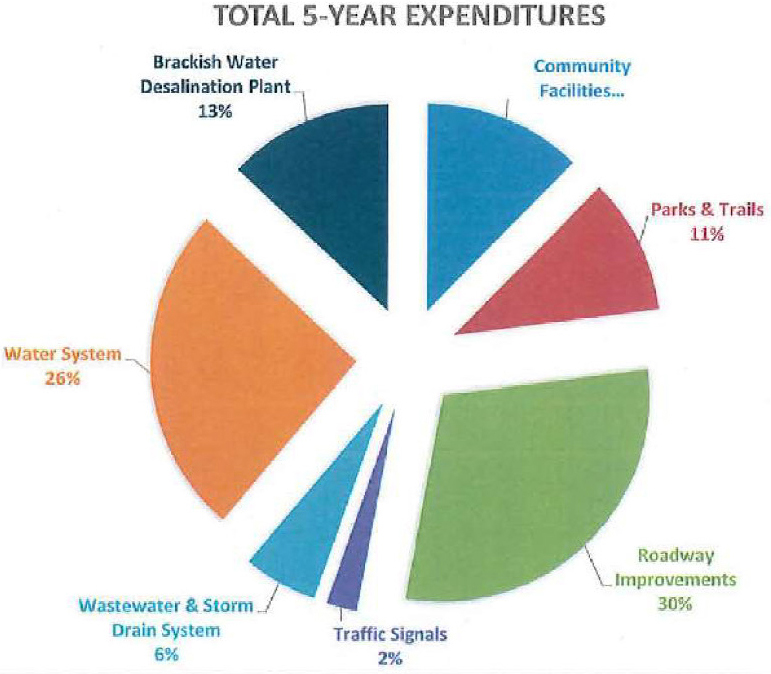
Council Approves 5-Year CIP Budget
The council heard from Acting Public Works Director Scott Buenting about the 5-Year Capital Improvement Program for 2024-29 with a budget covering $176.85 million for a variety of projects in various main categories. The CIP also shows $7.7 million in projects completed during the 2023-24 Fiscal Year which runs from July 1st to June 30th. The CIP also provides the list of $171.1 million of projects currently in progress of which $116.1 million is for the Brackish Water Desalination Plant. A total of $2.19 million for Community Facilities improvement projects was added to the list which includes $1 million for the police department’s Dispatch Communications Center Improvements and $550,000 for Antioch Water Park improvements.
The category to receive the greatest level of funding was $52.9 million for Roadway Improvements followed by $45.8 million for the City’s Water System, not including the desal plant for which $22.95 million was allocated. Community Facilities (City-owned buildings) were allocated $21.8 million followed by $18.85 million for Parks & Trails. The Wastewater & Storm Drain System will receive $10.25 million, and Traffic Signals were allocated $4.3 million.

$20.629 Million for L Street Improvements
Under the Roadway Improvements category, the greatest amount of funding received by a project, $20,629,000, is for the L Street Improvements from Hwy 4 to the marina which includes widening from Sycamore Drive to W. 10th Street. With planned completion in 2028, the project will provide four lanes of traffic, as well as curbs, gutters and sidewalks on both sides of the street, and landscaping.
CIP Budget Sources of Funds
Sources of funding for the projects include $60 million from sewer and water Enterprise Fund and $41.2 million from Special Revenue Funds including Measure J, the county’s half-cent sales tax for transportation, state gas tax and federal ARPA funds approved during COVID. An additional $27.8 million is from Grant Funds, including federal and state program sources, $16.9 million from the State Revolving Loan program, almost $10 million from the City’s General Fund and $2.4 million from Capital Improvement Funds. Over 10 percent of the CIP budget, a total of about $18.6 million, is currently unfunded.
See complete 5-Year CIP for 2024-29
Council Moves Forward Two Proposed Items for Future Votes
The council also discussed matters proposed by two council members. With Torres-Walker absent, her proposed items were held over to the council meeting in late July including creating a new Diversity, Equity, Inclusion and Belonging Officer position and a Health and Safety Analyst position for the Human Resources Department.
“I would like to put this back on the agenda when she can speak on it in late July,” Mayor Lamar Hernandez-Thorpe stated. The others agreed.
Street Cameras
“It’s very important to have these cameras back in our community….capture vital information,” said Ogorchock about her proposed agenda item. “Currently we have 130 cameras. If we had another 130 that would cover all intersections coming in and going out of the city.”
“The cost would be $250 per camera to maintain,” she continued. “They will be huge in capturing drivers and spectators of sideshows.”
“Is there consensus to bring back the cameras for discussion?” the mayor asked.
“I support cameras coming back and the discussion,” Barbanica said.
“OK. That will be coming back,” Hernandez-Thorpe stated.
Taxpayer Protection Act Opposed, But No Vote As It Was Removed from Nov. Ballot
Ogorchock, who asked for this item to be on the agenda for discussion and a vote by the council to oppose it, said, “I have really good news about this. The California Supreme Court ruled the Taxpayer ‘Deception’ Act would be removed from the November ballot.”
However, the measure was actually entitled the Taxpayer Protection and Government Accountability Act and if passed would have required all new local taxes to be enacted via a two-thirds vote of the electorate. (See related article)
Ralph Hernandez said, “Unfortunately, you don’t have really any information there in the packet. At this time without a lot of the information…if you’re looking at tax increases, I’m against it. I think the public already suffered enough in this economy.”
“This was a ballot measure sponsored by the California Business Roundtable that would impact cities like us negatively,” the mayor explained. “The Supreme Court decided it can’t even be on the ballot.”
Policy on Use of Native Plant Species in New Developments
Ogorchock also asked for this item to be on the agenda for discussion. One speaker asked that the policy, “include private developments and city land and parks. There are a variety of nurseries that offer native plants. Native plants can be acquired at reasonable costs.”
“Direct staff that when native plants – more than 70% be native plants,” she continued. “Without that, birds in general can’t reproduce. They need lots and lots of caterpillars. Keystone species provide the habitat for caterpillars.”
Another speaker, Alexander Broom, said, “A mandate or an ordinance would be a huge step in the right direction for new developments and city property. There’s just so many benefits.”
Ogorchock said, “I do believe we need to start looking at adding this to the General Plan. This is something we can do within our city, not only with new developments but with City property. I’m for having a 70% policy of native species.
I definitely concur,” District 4 Councilwoman Monica Wilson said. “Invasive species of plants have been planted and wreaked havoc on our environment. I think this is a plus for our city to do. It can play a part in our Climate Action Plan.”
“I’m definitely in favor of it coming back, at least 70%,” Barbanica stated.
Asked if the requirement on new development can be done with developers, Acting Community Development Director Kevin Scudero said, “I can’t find a city in the state that has one.”
“I think it’s not that difficult to do it we just need to do it,” Ogorchock added.
“That will come back,” the mayor said in conclusion.

Agree to Bring Back Resolution Opposing Amtrak Station Closure
Before the council discussed the Antioch Amtrak Station closure Ogorchock, who had requested the item to be on the agenda, suggested Hernandez-Thorpe public comments on the matter first, which he did.
One resident, Tashena Garret said, “We are still fighting to save our train. We, again, are not giving up.”
Another resident, who the mayor referred to as Mr. Gums, said, “I’m in support of the Amtrak train station staying. I would like all the council members to show their support for the Amtrak station staying.” He wanted the council to issue a press release stating that.
“I did meet with ACCE and a couple other individuals regarding the Amtrak station,” Ogorchock stated. “And in order for them to have a really good conversation with Senator Glazer, Assemblyman Grayson, Supervisors Federal (Glover) and maybe Burgis, we would like to have a resolution regarding the need, why we need that station and how important it is to our community.”
“So, I think that when they have the resolution in hand and they go and meet with these elected officials then they have something from the City stating why it’s so important,” she reiterated.
“What we’re asking for is a resolution to come back saying we never agreed to this,” Hernandez-Thorpe stated.
“I don’t know if it needs to say, that we didn’t agree to it,” Ogorchock responded. “Basically, it needs to say who it impacts, how many people, ridership, people go to work, basically…actually I started a resolution.”
“You guys had a draft,” the mayor said to City staff members.
“Well, the attorney said you would give me one,” Ogorchock stated.
“Do you want it to come back late July?” Hernandez-Thorpe asked, referring to the next council meeting (as they won’t hold one the second Tuesday in July). “We could call a special meeting.”
He then mentioned that the July 19th Board of Directors meeting of the San Joaquins Joint Powers Authority, which oversees and operates the Amtrak line in and through Antioch, had been cancelled. The next meeting is scheduled for Sept. 20th in Martinez, according to the organization’s website.
“Oh, but you want it for your advocacy efforts,” the mayor said to staff.
The council members then agreed to bring back a resolution for a vote opposing the closure of the Antioch Amtrak Station at their meeting on July 23rd.
“But I think it’s important that we include language we were never asked to weigh in, we were never asked our opinion,” Hernandez-Thorpe said, “Whoever made the decision, according to the San Joaquins, and you’ve all seen the video – I sent it to you – that this was the city manager, former city manager Ron Bernal who made this decision. He never told us about it. He never asked us to make a decision or weigh in. For the city manager to singularly make that decision on his own, I just think it was inappropriate and it needs to be noted.”
“So, everybody agree to that?” the mayor asked. “OK. So, consensus, there.
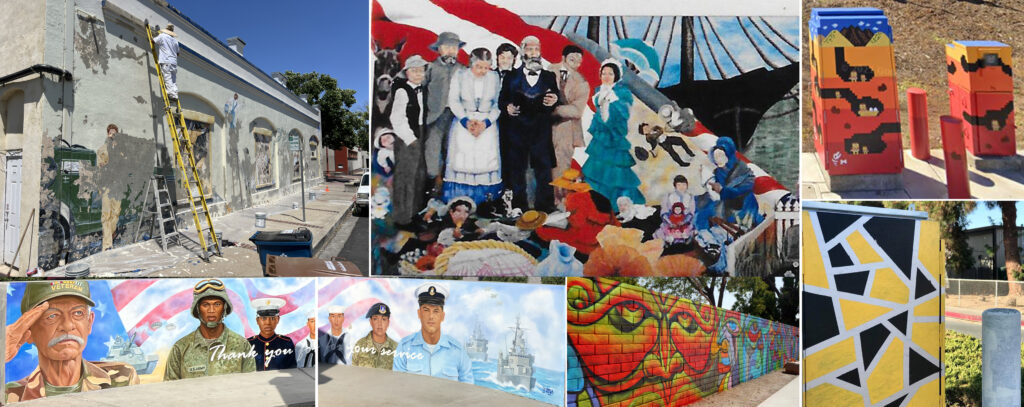
Ogorchock, Hernandez-Thorpe Agree City Must Maintain Historic Murals
During Council Communications and future agenda items, Ogorchock spoke about the murals in the city following the removal of the historic, council-commissioned mural on W. 4th Street this past week. (See related articles here and here)
“The mural on 2nd Street, we do have an easement on that property, next to the Nick Rodriguez building,” she stated. “It does need some repairs. I don’t want to go through the same issues. We need to make sure because we have an agreement, that is a written agreement, that we would maintain these. So, we need to go back and do what we need to do on that mural because there’s parts of it…that is weathered.”
“Then we need to make sure, we have the one at the Marina,” Ogorchock continued. “So, we need to make sure that all the murals are being maintained and repaired along with the (utility) boxes that we have.”
“The ones we own, I think the issue is with the easements on a few of them,” said Hernandez-Thorpe. “If we could take that back and I had an understanding…it’s really hard. And we do have all that money we set aside for murals, and we need to use some of that for the ones we’ve said, historically that we’re going to maintain.”
“On that, we do need to make sure that the mural money that we put aside was for a new mural,” Ogorchock pointed out. “That Mayor Pro Tem Wilson has asked for, too.”
With no further discussion on the matter, the council then voted to adjourn the meeting.














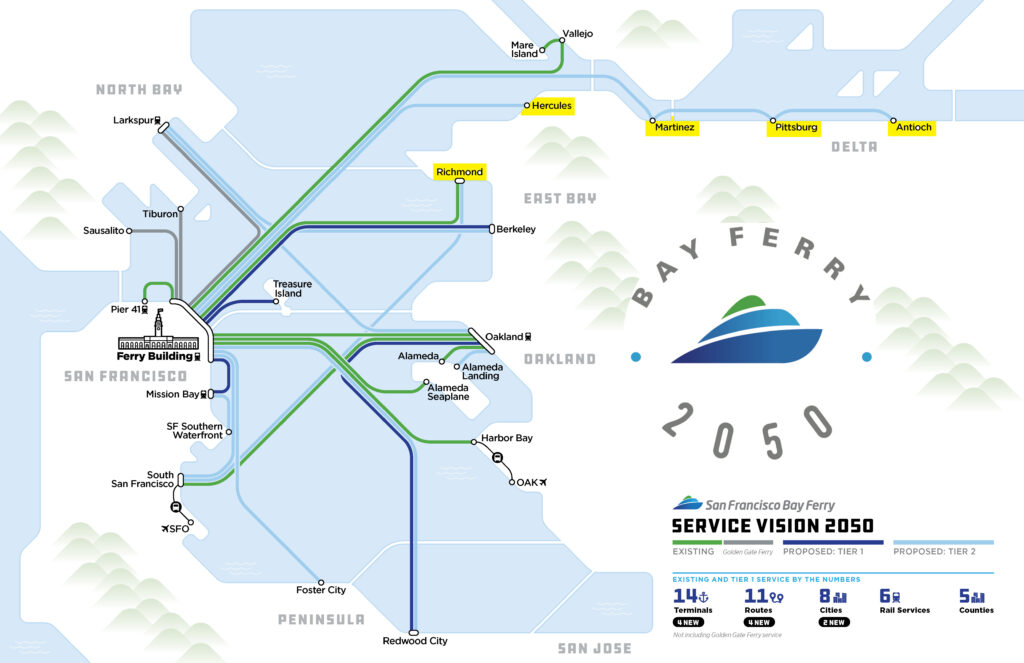

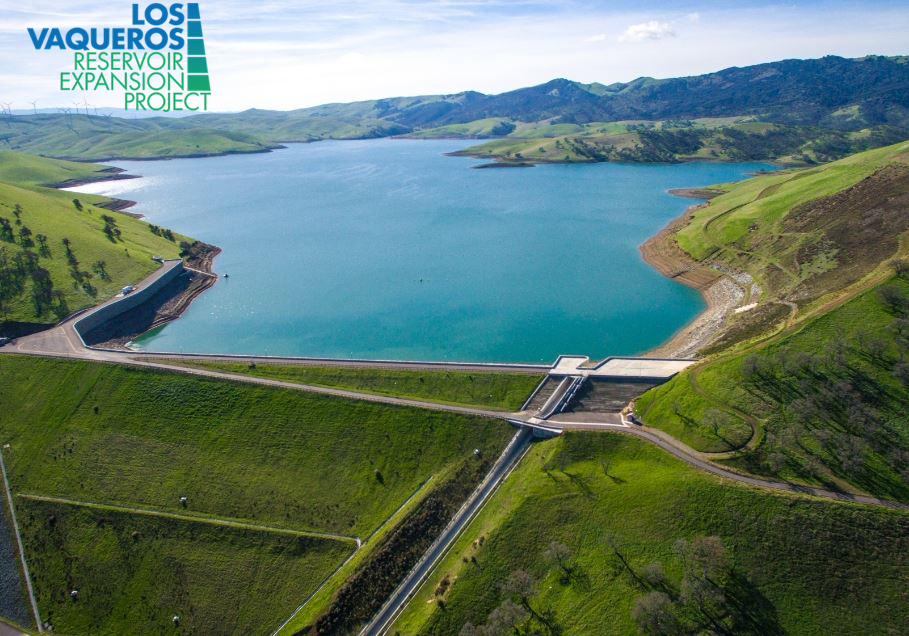
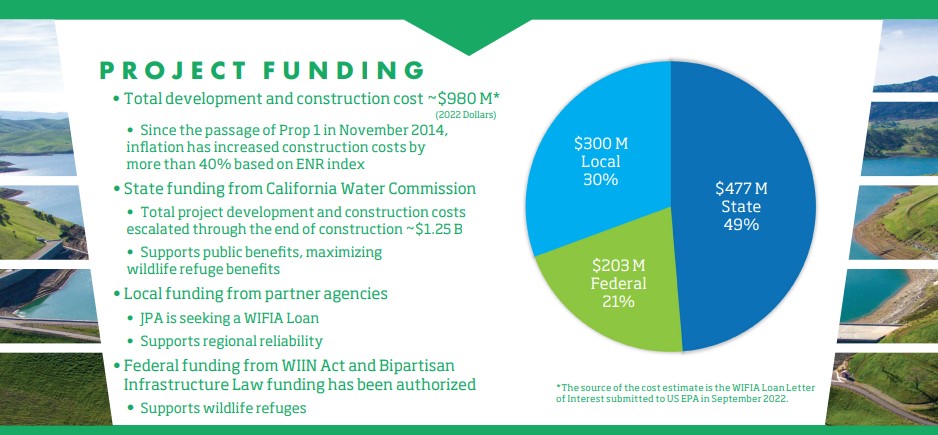
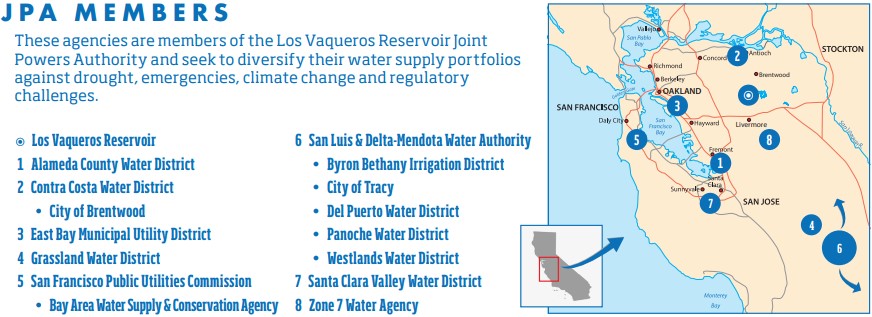

 The proposed Delta Conveyance Project (Delta Tunnel) would construct new water intake facilities on the Sacramento River in the north Delta to fill a single tunnel with diverted freshwater flows. That water would be shipped to large farming operations and water wholesalers south of the Delta. The Delta Conveyance project would divert up to 6,000 cubic feet of water per second. The project is estimated to cost between $16-40 billion and won’t be completed until at least 2040.
The proposed Delta Conveyance Project (Delta Tunnel) would construct new water intake facilities on the Sacramento River in the north Delta to fill a single tunnel with diverted freshwater flows. That water would be shipped to large farming operations and water wholesalers south of the Delta. The Delta Conveyance project would divert up to 6,000 cubic feet of water per second. The project is estimated to cost between $16-40 billion and won’t be completed until at least 2040.